
Colombia, officially the Republic of Colombia, is a country mostly in South America with insular regions in North America. The Colombian mainland is bordered by the Caribbean Sea to the north, Venezuela to the east and northeast, Brazil to the southeast, Ecuador and Peru to the south and southwest, the Pacific Ocean to the west, and Panama to the northwest. Colombia is divided into 32 departments. The Capital District of Bogotá is also the country's largest city hosting the main financial and cultural hub. Other major urbes include Medellín, Cali, Barranquilla, Cartagena, Santa Marta, Cúcuta, Ibagué, Villavicencio and Bucaramanga. It covers an area of 1,141,748 square kilometers and has a population of around 52 million. Its rich cultural heritage—including language, religion, cuisine, and art—reflects its history as a colony, fusing cultural elements brought by immigration from Europe and the Middle East, with those brought by the African diaspora, as well as with those of the various Indigenous civilizations that predate colonization. Spanish is the official language, although Creole English and 64 other languages are recognized regionally.

Cinema of Colombia refers to film productions made in Colombia, or considered Colombian for other reasons. Colombian cinema, like any national cinema, is a historical process with industrial and artistic aspects.
Mario Alberto Laserna Pinzón was a Colombian educator and politician born in Paris of Colombian parents. Laserna Pinzón is credited for being the founder of the Los Andes University in Bogotá, which was incorporated in 1948 and is a private institution modeled on the United States liberal arts educational system. He also served as Senator of Colombia, and Ambassador to France and Austria and is an author of several books.
The Anuario Colombiano de Historia Social y de la Cultura, founded in 1963 by Jaime Jaramillo Uribe, is the academic journal of the Department of History of the National University of Colombia. It is funded by the Faculty of Human Sciences at the university's headquarters in Bogotá. Although it mainly publishes research on Colombian history, it also accepts research on Latin American and world history, as well as historiography. It has been recognised as the main publication of Colombian historical studies. Authors are national and international scholars.
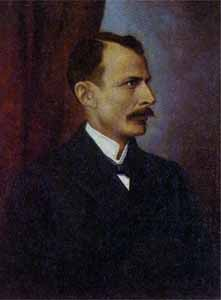
Rafael Victor Zenón Uribe Uribe was a Colombian lawyer, journalist, and general in the liberal party rebel army.

Ernesto McCausland Sojo was a Colombian journalist, writer and filmmaker.

Luis Antonio Robles Suárez also known as "El Negro Robles", was a Colombian lawyer and politician. He was the first Afro-Colombian to hold a cabinet-level ministry in Colombia serving as Secretary of the Treasury and Public Credit during the administration of President Aquileo Parra Gómez, as well as being the first Afro-Colombian Congressperson as Member of the Chamber of Representatives for Magdalena, and the first Afro-Colombian Governor of a Department, as the 16th President of the Sovereign State of Magdalena. He graduated a lawyer from Our Lady of the Rosary University in 1872, thus also becoming the first Afro-Colombian to ever serve as a lawyer in Colombia.
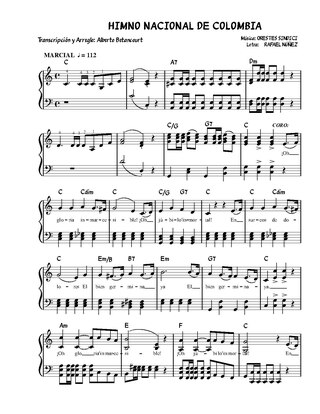
The "National Anthem of the Republic of Colombia" is the official name of the national anthem of Colombia. It was originally written as a poem in 1850 by future President Rafael Núñez as an ode to celebrate the independence of Cartagena. The music was composed by Italian-born opera musician Oreste Síndici, at the request of Bogotan actor José Domingo Torres, during the presidency of Núñez, and with lyrics refined by Núñez himself, it was presented to the public for the first time on 11 November 1887. The song became very popular and was quickly adopted, albeit spontaneously, as the national anthem of Colombia.
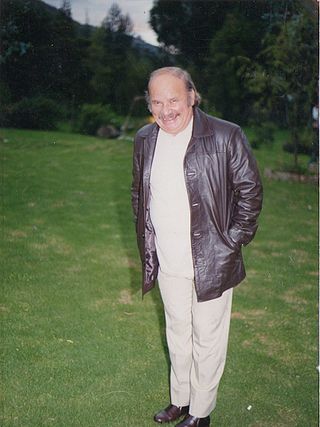
Hernando Casanova Escobar known as El Culebro Casanova, was a Colombian actor, director, singer, and television presenter. He is considered one of the pioneers of comedy and one of the most important actors in the history of Colombia. His versatility as an actor led him to become not only an icon of humor but also of drama. He was regarded as the best actor in Colombia during the peak of his career. Throughout his career, he received multiple awards and recognitions for his artistic achievements, including his nomination as a revelation actor at the Ondra Awards in Spain and the award for best dramatic actor at the APE Awards.
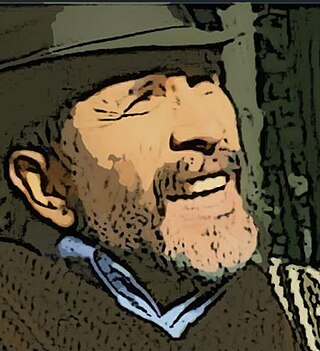
Jorge Luis Velosa Ruiz, better known as Jorge Velosa, is a Colombian veterinary physician singer-songwriter born in the small town of Ráquira in the Boyacá Department, widely famous in his country for being the creator of the folk musical genre known as carranga.

Presidential elections were held in Colombia on 25 May 2014. Since no candidate received 50% of the vote in the first round, a run-off between the two candidates with the most votes took place three weeks later on 15 June 2014. According to the official figures released by the National Registry office, as of 22 May 2014 32,975,158 Colombians were registered and entitled to vote in the 2014 presidential election, including 545,976 Colombians resident abroad. Incumbent president Juan Manuel Santos was allowed to run for a second consecutive term. In the first round, Santos and Óscar Iván Zuluaga of the Democratic Center were the two highest-polling candidates and were the contestants in the 15 June run-off. In the second round, Santos was re-elected president, gaining 51% of the vote compared with 45% for Zuluaga.

Óscar Iván Zuluaga Escobar is a Colombian politician and economist who was the Democratic Center's nominee for President of Colombia in the 2014 election. He won the most votes in the first round of the election and but went on to lose to the incumbent Juan Manuel Santos Calderon in the second round.
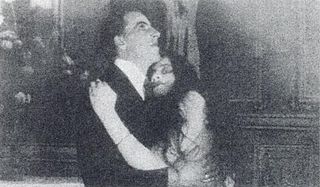
La tragedia del silencio is a Colombian silent melodrama film directed by Arturo Acevedo Vallarino and first screened on 18 July 1924 at the Faenza theatre in Bogotá. Filmed in black and white, it tells the story of a man suffering from leprosy. It was the first Colombian film during the silent film era with a film score, which was performed during the projection and was written by Alberto Urdaneta Forero.
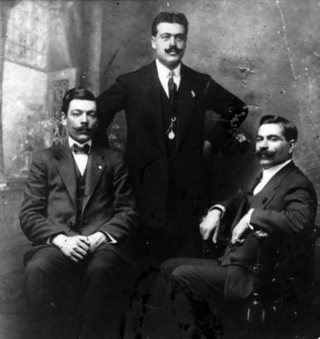
Francesco Di Domenico (1880–1966) and Vincenzo Di Domenico (1882–1955), known together as the Di Domenico brothers, were Italian film directors who played an important role in Colombian cinema.

The Colombian peace agreement referendum was held on 2 October 2016, aiming to ratify the final agreement on the termination of the Colombian conflict between the Colombian government and the FARC guerillas. It failed, with 50.2% voting against it and 49.8% voting in favor. Approval of the referendum was taken for granted in Colombia prior to the vote based on opinion polls. However, the 'No' option ended up winning by a narrow margin. Explanations for the surprising "No" victory fell along the similar ideological lines of Donald Trump's victory in the 2016 U.S. presidential election and the Brexit referendum, both also held in 2016.
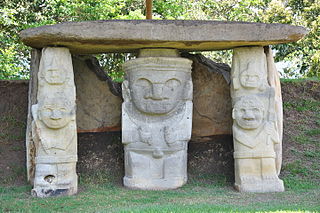
Juan Friede Alter was a Ukrainian-Colombian historian of Jewish descent who is recognised as one of the most important writers about Colombian history, the Spanish conquests and a proponent of indigenism; the defense of the rights and descriptions of the oppression of indigenous people.

Camilo Prieto Valderrama is a Colombian physician, climate science professor, and researcher. He is the founder of the NGO Movimiento Ambientalista Colombiano. He has received several awards for his work. He is WINS Ambassador.

Javier Nicolás Casanova Sampayo is a Colombian filmmaker. He has been member of the Colombian Academy of Cinematography Arts and Sciences since 2020.
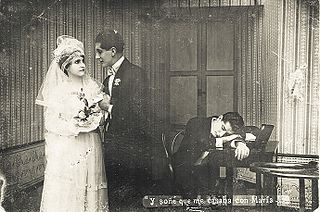
María is a 1922 Colombian silent film in black and white, directed by Máximo Calvo Olmedo and Alfredo del Diestro.

Pepe Cáceres is a 2022 Colombian biographical drama film directed and co-written by Sebastián Eslava and Camilo Molano Parra in their directorial debut. It stars Eslava who plays his father, Pepe Cáceres, where he tells the story of all the years of his life including his rise to fame and his tragic end as a bullfighter.





















